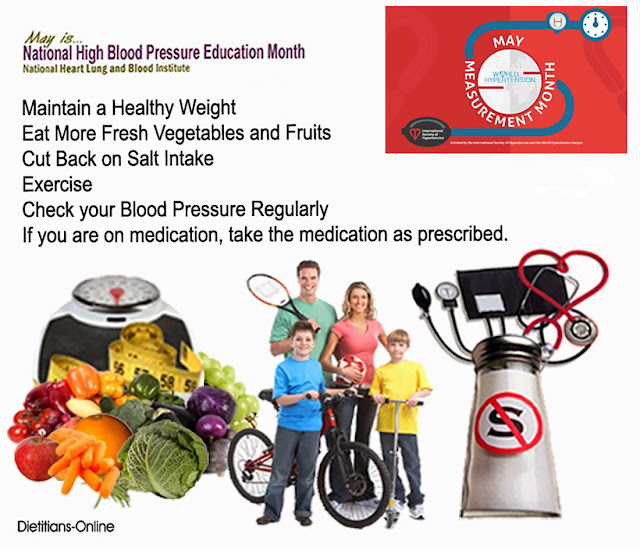International Boost Self-esteem Month
International Expect Success Month
Library Lovers Month
National African American History Month
National Children's Dental Health Month
National Time Management Month
Spunky Old Broad Month
Youth Leadership Month
Dog Training Education Month
National Pet Dental Health Month
Responsible Pet Owners Month
Bake for Family Fun Month
Canned Food Month
Chocolate Month
February is Fabulous Florida Strawberry Month
National Grapefruit Month
Great American Pies Month
National Cherry Month
National Snack Food Month
National Wise Health Consumer Month
North Carolina Sweet Potato Month
National Hot Breakfast Month
Potato Lovers Month
Plant the Seeds of Greatness Month
13-15 World AG Expo
|
Daily Event |
||
|
Sunday |
1 |
Freedom Day, National
Baked Alaska Day, International Day of Black Women in The Arts, Ice Cream For
Breakfast Day |
|
Monday |
2 |
Groundhog Day, Hedgehog
Day, National Tater Tot Day, Crêpe Day, Heavenly Hash Day |
|
Tuesday |
3 |
National Carrot Cake
Day |
|
Wednesday |
4 |
Homemade Soup Day, World
Cancer Day, Medjool Date Day, National Hemp Day |
|
Thursday |
5 |
National Weatherperson
Day, World Nutella Day, National Girls & Women in Sports Day |
|
Friday |
6 |
National Frozen Yogurt
Day, Massachusetts 6th State Canadian Maple Syrup Day |
|
Saturday |
7 |
Wear Red Day, National
Fettuccine Alfredo Day |
|
Sunday |
8 |
National Molasses Bar
Day |
|
Monday |
9 |
National Pizza Day,
National Toothache Day, Cut the Cord Day, Bagel & Lox Day, Super Bowl,
Autism Sunday, Popcorn Day |
|
Tuesday |
10 |
National Cream Cheese
Brownie Day, World Pulses Day |
|
Wednesday |
11 |
National Shut-in
Visitation Day, International Day of Women and Girls in Science, National
Peppermint Patty Day |
|
Thursday |
12 |
National Plum Pudding Day,
Lincoln’s Birthday |
|
Friday |
13 |
National Tortellini Day,
National Cheddar Day, National Crab Rangoon Day, Giving Hearts Day |
|
Saturday |
14 |
Valentine's Day, Ash
Wednesday, Natl Donor Day, Congenital Heart Defect Awareness Day, Library
Lovers Day, Oregon 33rd State, Arizona 48th State, National
Cream-Filled Chocolates Day |
|
Sunday |
15 |
National Gumdrop Day |
|
Monday |
16 |
National Almond Day,
National Caregivers Day, No one Eats Alone Day, National Buna Day |
|
Tuesday |
17 |
President's Day, World
Human Spirit Day, National Cafe Au Lait Day, Random Act of Kindness, National
Cabbage Day |
|
Wednesday |
18 |
Crab-Stuffed Flounder
Day, National Drink Wine Day |
|
Thursday |
19 |
National Chocolate Mint
Day |
|
Friday |
20 |
World Day of Social
Justice, National Cherry Pie Day, Love Your Pet Day, National Muffin Day |
|
Saturday |
21 |
National Sticky Bun Day,
National Grain-Free Day, Caregivers Day |
|
Sunday |
22 |
National Margarita Day,
National Cook a Sweet Potato Day |
|
Monday |
23 |
National Banana Bread
Day, National Dog Biscuit Day, Tootsie Roll Day |
|
Tuesday |
24 |
National Tortilla Chip
Day, National Dance Day, STAND UP to Bullying Day, World Bartender Day |
|
Wednesday |
25 |
National Chocolate
Covered Nut Day, National Clam Chowder Day |
|
Thursday |
26 |
World Pistachio Day,
National Personal Chef Day |
|
Friday |
27 |
National Kahlua Day,
National Strawberry Day, World NGO Day |
|
Saturday |
28 |
National Tooth Fairy
Day, National Chocolate Souffle Day |
|
Sunday |
29 |
|









